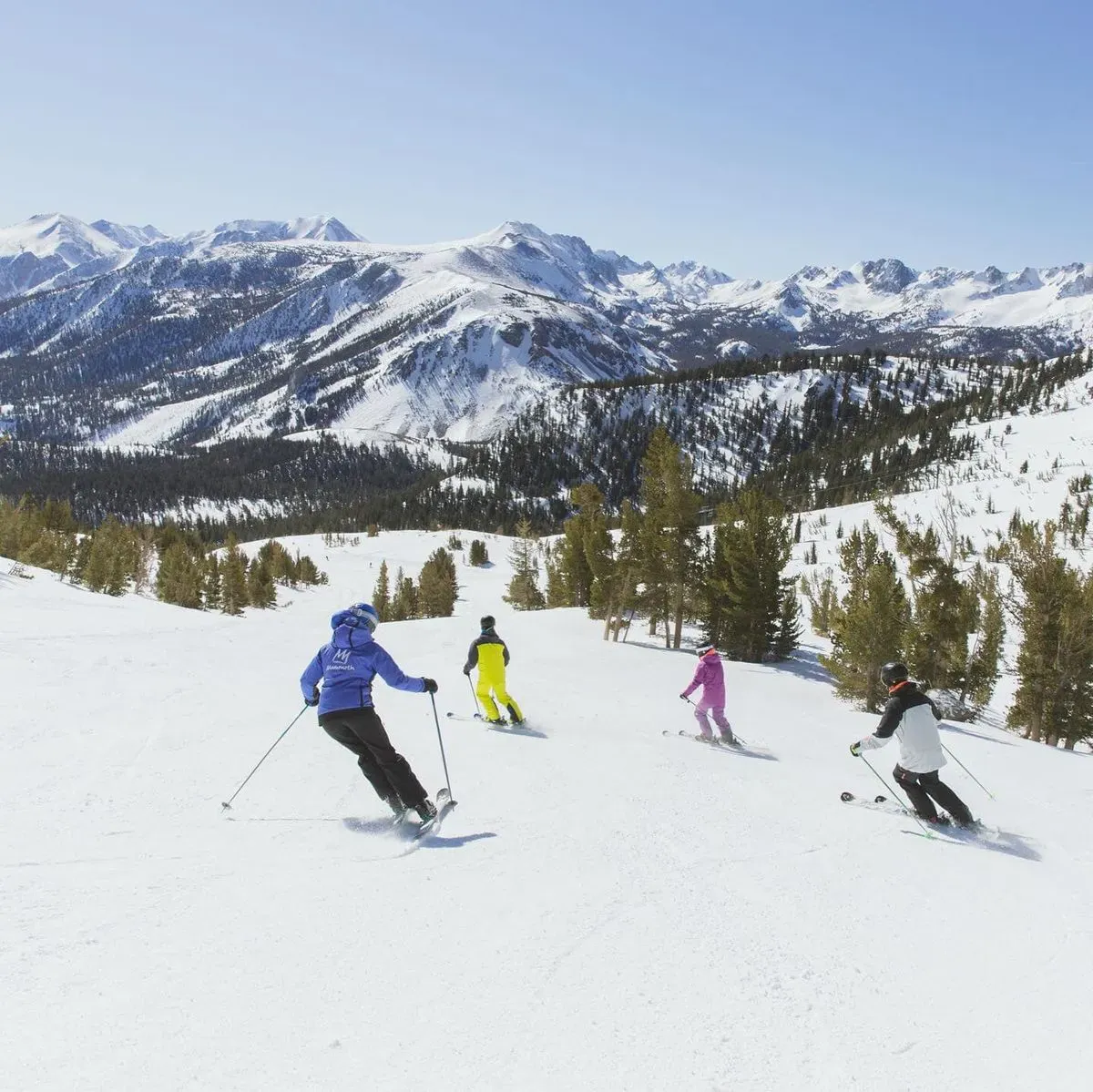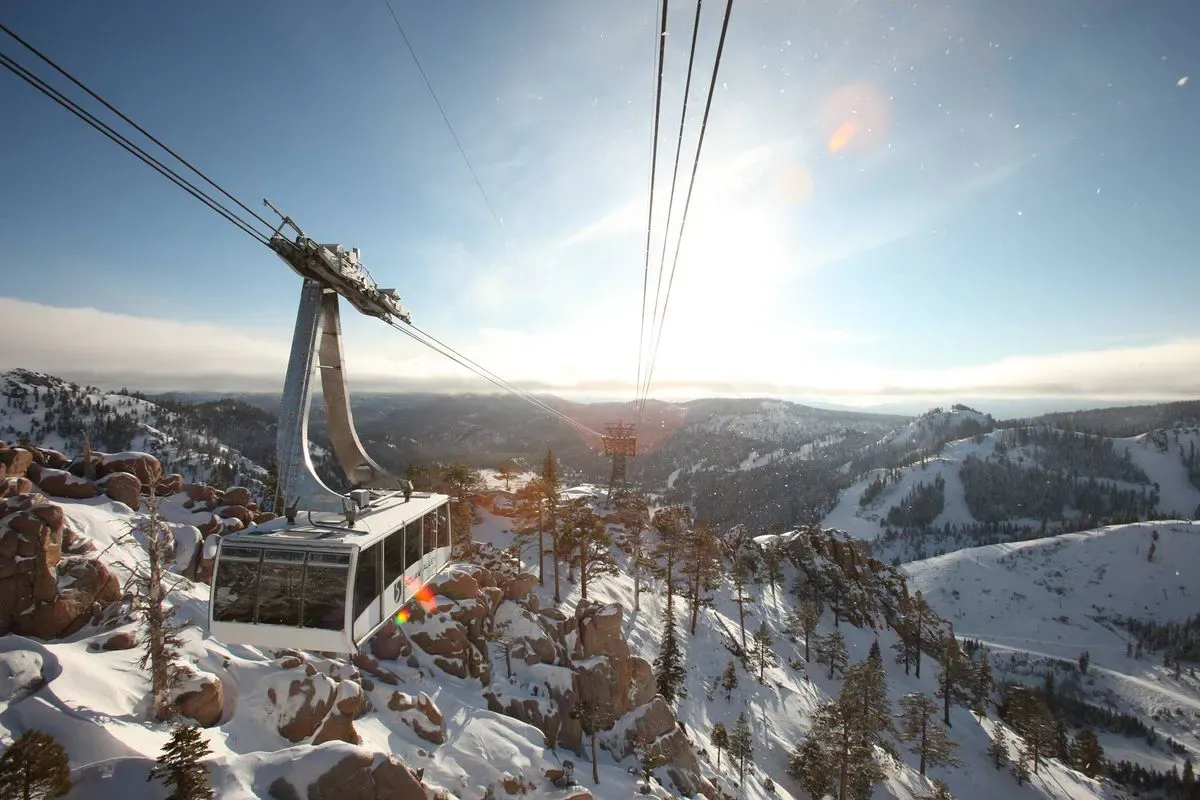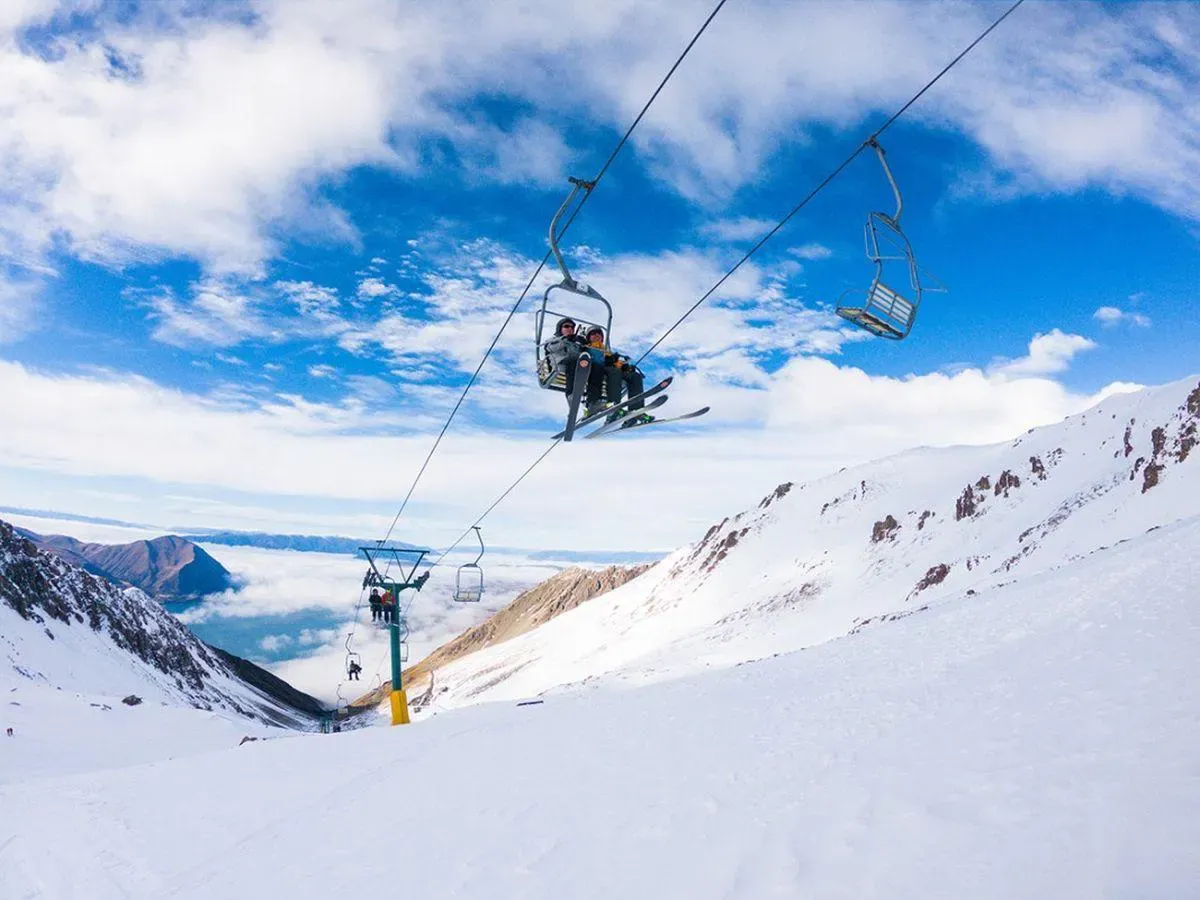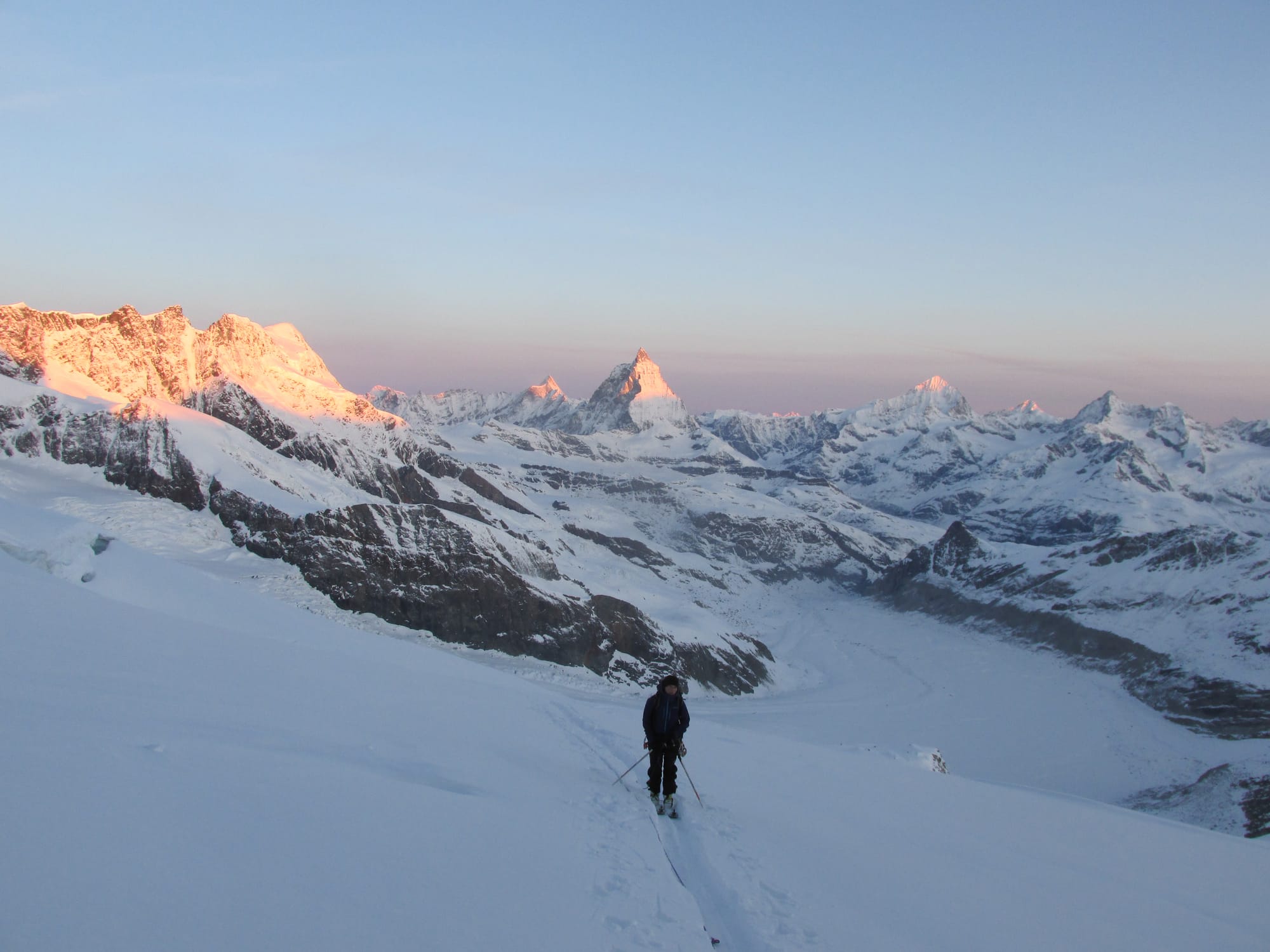Everyone loves skiing and snowboarding, but nobody loves pissing off other riders. Following written safety regulations are crucial for a smooth experience, but an unspoken code of etiquette also exists on the slopes, beyond the painted signs and hardline rules.
“The notion that in order to be a respected skier or snowboarder, you have to go fast down the mountain couldn’t be further from the truth,” said Gary Clark, Academy Director at the skiing and snowboarding course provider Basecamp. “It’s completely the opposite. Being able to follow mountain etiquette, whether you are a novice or a seasoned shredder, fosters camaraderie and earns respect within the snow sports community.”
In short, being a good skier isn’t about shredding. It’s about making the experience safe and enjoyable for those around you, too. Let’s learn how!
Safety First
The first piece of etiquette is to follow the (written) rules of the slopes. Every skier and snowboarder should familiarize themselves with the basic safety rules outlined in the International Ski and Snowboard Federation (FIS) rules of conduct. “These are basically the ten commandments of mountain use, which are essential if you want to keep yourself and others safe on the mountain,” said Clark.
Staying safe is no small deal, either. Accidents happen while skiing and snowboarding more often than you might think. A recent study evaluated snow sports injuries in a ski resort Chongli, China, the host city of the 2022 Winter Olympic Games. They found that out of 753 injuries recorded, 453 cases were related to skiing.

“While adhering to the FIS rules of conduct will help keep you protected from injuries,” noted Clark, “there’s also an unspoken understanding among winter sports enthusiasts that ensures extra safety on the slopes and backcountry.” One of the points in this silent code is yielding to those going downhill faster than you. This avoids something called “Teton Pass turtling,” in which the skier behind you pulls you off balance.
Also, make sure to respect trail signs and be aware of your surroundings. Around 10% of skiing injuries occur due to collisions with an object or another person, so be mindful of what’s ahead of you, and make sure to look behind you too from time to time.
The Language of the Slopes
Just like any subculture, skiing and snowboarding have their own language. Understanding the lingo not only enhances communication, but also fosters a sense of community.
Terms like “powder day” (fresh snowfall), “gaper” (inexperienced skier or snowboarder), and “shred” (skiing or snowboarding with skill) are commonly used among riders, but there are plenty of more extensive dictionaries online. You don’t have to become a full-on Jeff Spicoli Dude-Bro, but learning some of the language helps you fit and ensures a more enjoyable time on the slopes.
Alongside harnessing the lingo, learning hand gestures can also go a long way in improving your mountain conduct. Hand signals help you indicate your intentions to others, such as signaling turns or stops. Other hand signals include patting the top of the head, which indicates a need to slow down. This signal is often used in areas with increased difficulty or congestion. Tapping the chest or thigh with an open palm shows that the person is okay after a fall or a challenging section.

Lift Line Etiquette: The Queue Code
One of the most important aspects of skiing and snowboarding etiquette–one unanimous around the whole world—is lift line behavior.
“This is where things can get really tense,” said Clark. “As lift space is rather limiting, riders tend to step over each other’s equipment, whether by accident or on purpose. Some skiers and snowboarders are very precious of their equipment, and a scratch can result in a not very pleasant experience, so be mindful of your space and how you handle your equipment.”
When it comes to lift lines, some places adhere strictly to the “first come, first served” principle, while others have a more relaxed approach. Understanding the lift line culture at a particular resort is essential.
Skiing and Snowboarding Internationally
While the love for skiing and snowboarding unites enthusiasts globally, the cultural nuances and etiquette can vary from country to country.
For instance, in some European ski resorts, it’s customary to greet fellow skiers on the chairlift, fostering a sense of camaraderie. In North America, the emphasis on personal space might mean a quieter lift experience. Understanding and respecting these cultural differences can enrich your skiing or snowboarding adventure.

Different regions around the world have diverse regulations and cultural nuances governing backcountry and off-piste skiing and snowboarding, and adhering to those will not only keep you safe on the mountain but will also ensure you avoid issues with local authorities and snow patrol.
In North America, there are significant differences in snow scenes and resort culture from East to West, and strict consequences for venturing beyond resort boundaries in some areas.
In contrast, New Zealand’s backcountry culture puts an emphasis on providing information and leaving riders responsible for their safety. Meanwhile, South America—particularly Argentina and Chile—has a relatively relaxed approach regarding backcountry regulations, offering freedom but not necessarily ensuring safety, which leaves the informed decision-making to the riders.
Navigating the Generational Gap
Ski resorts are playgrounds for people of all ages, from young children to seasoned veterans. Each age group may have its own set of unwritten rules and expectations.
Younger riders might be more inclined to embrace terrain parks and freestyle elements, while older skiers may prefer a more traditional approach. Mutual respect among age groups is key to maintaining a positive atmosphere on the slopes.

Alongside the etiquette mentioned above, there are also certain obvious behaviors that are a big “no” on the mountain. These include smoking on the lifts (or anywhere on the mountain really), being rude to the lift operators, yelling at people from the lifts, and listening to loud music on the lift. Littering is also a big foul, as you’re disrespecting both your fellow riders and the environment.
Conclusion
Skiing and snowboarding aren’t just about navigating the slopes but also about understanding the unspoken language and etiquette that binds the global community of winter sports enthusiasts together.
It starts with following the rules, taking time to understand the lingo, and in general riding conservatively and respectfully, especially in a place where you aren’t familiar with the local style.
Going with the flow and following the model set by those around you is always the safest bet, and will always make your mountain experience more enjoyable, too!
